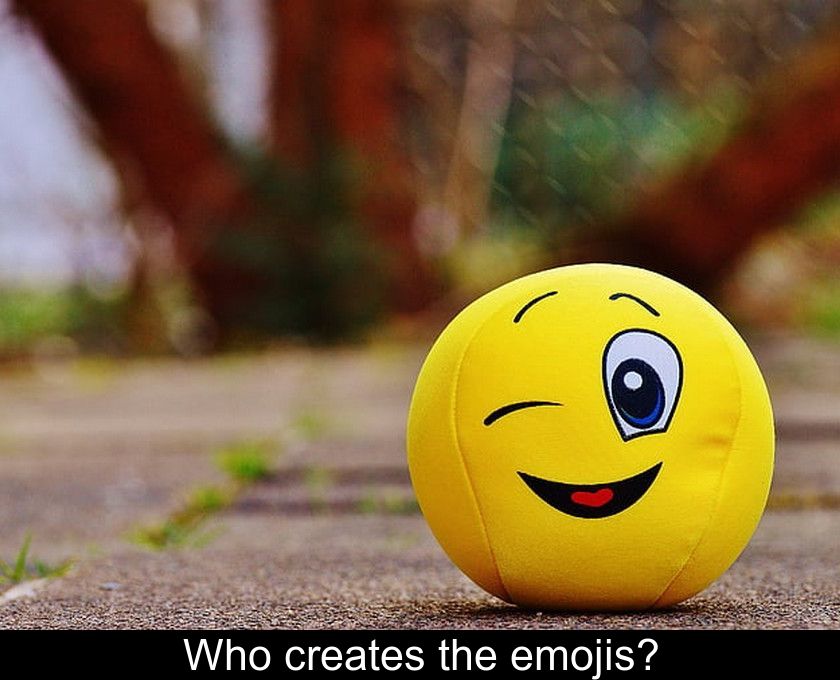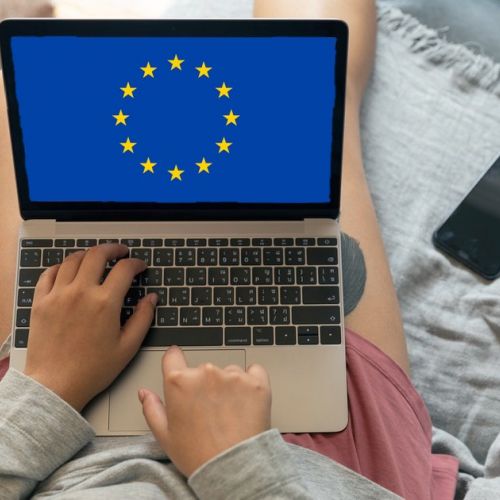Who Creates The Emojis?
These small pictograms, smiling or not, have become omnipresent in our email or SMS exchanges. But have you ever wondered who creates emojis? New symbols appear every year on our keyboards and their success in our daily messages is not denied.
Should we say emoji, emoticon or smiley?
We usually use the terms emoji, emoticon or smiley as synonyms, but in fact emoji is a descendant of the smiley that turned 50 years old in 2022.
The smiley was created in 1972 with a round shape, two eyes and a mouth. In 1982, a professor from the University of Pennsylvania called Scott Fahlman declined the principle of the smiley by using the punctuation characters of his keyboard: two dots for the eyes, a dash for the nose and a closed parenthesis to represent a smile :-) This is the birth of emoticons!
Nevertheless, we had to wait fifteen more years for the birth of the emoji, this little drawing that we now use to punctuate our email or SMS exchanges with an emotion or an object... This term, which comes from Japanese, means 'drawing' and 'letter'.
The first emojis were created in 1997 and today they are a must on our computers, tablets and smartphones as well as on social networks. An estimated 92% of the world's population uses emojis in their daily exchanges, according to figures from the Unicode Consortium. This American organization is the authority responsible for validating the creation of new pictograms.
Who oversees the creation of new emojis?
The Unicode Consortium was created by tech giants (including Apple, Adobe, Meta, Google and Microsoft) in 1991. It is a powerful California-based organization whose role is to establish computer standards to enable exchanges in all languages.
Each year, a subcommittee of the consortium specialized in emojis meets in plenary session to select new designs from thousands of proposals. The lucky ones are unveiled in September and expand the list of pictograms available on our smartphones and social networks.
In 2022, 20 brand new emojis (including new animals such as goose and donkey) have been selected, bringing their total number to 3664 different designs! These new pictograms have been available since January 2023, but only on Google and some Samsung devices for now.
How are the new emojis selected?
Anyone has the right to propose a new emoji by submitting a file to the Unicode Consortium. Nevertheless, in order for this request to be considered, the proposed design must meet a slew of criteria... In particular, it must be able to be understood by everyone, regardless of the user's country, and have multiple uses, with different possible meanings depending on the emotional or cultural context.
If you dream of having one of your designs adopted, you'll also need to explain to the consortium why and how that emoji offers a 'different' and 'visually iconic' vision, to quote the organization's official website.
Propaganda images, logos and variations around already existing emojis are prohibited. These drastic selection criteria explain why there are fewer and fewer new pictograms every year. The consortium added more than 300 in 2020, 112 in 2021 but only 31 in 2022.
According to some specialists, such as Jean-Bernard Schmidt, the author of the documentary La Face cachée des emojis, the choice of these small drawings is far from neutral and their selection is sometimes the subject of a real marketing battle! Some choices even have political implications, for example when China got the Tibetan flag off our keyboards.
Even if their selection method is problematic, don't hesitate to use these pictograms to express your emotions in your digital exchanges! According to a 2022 Adobe study, 80% of French people think that emojis make a person more likeable and fun!












